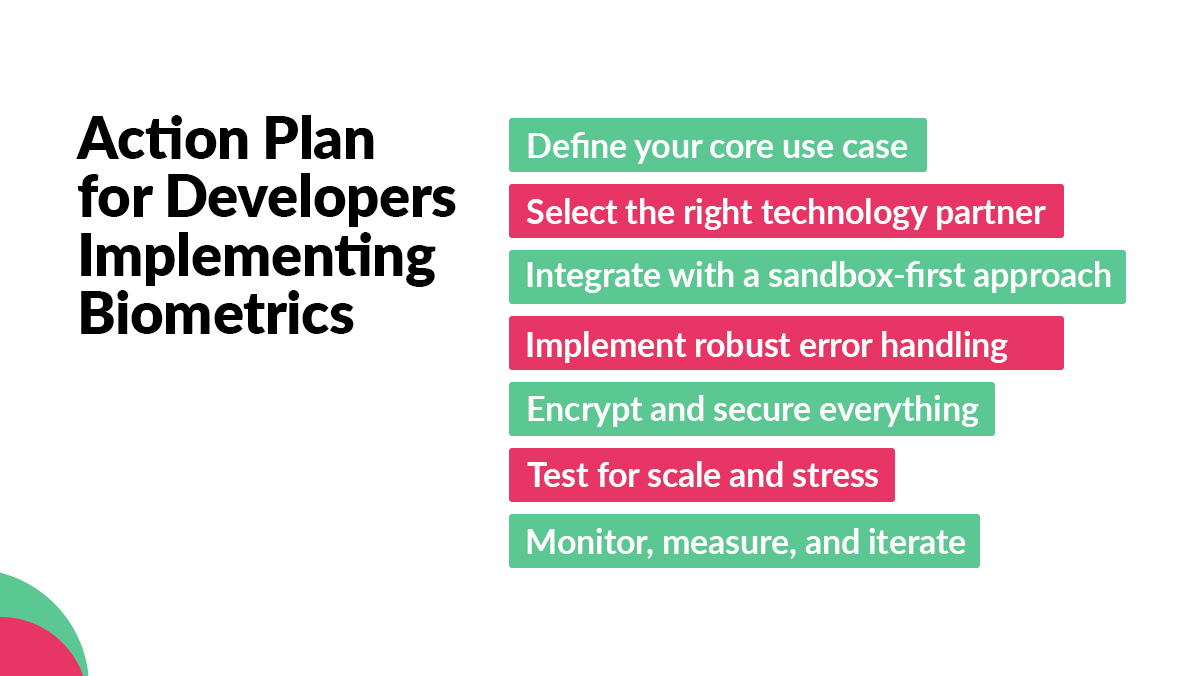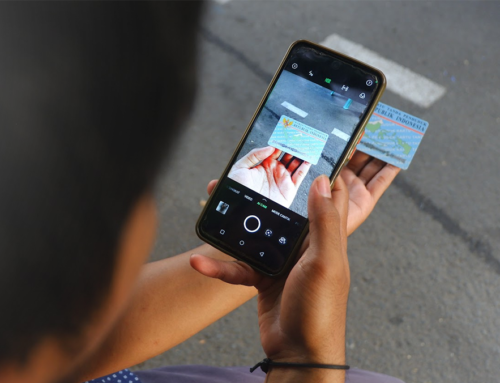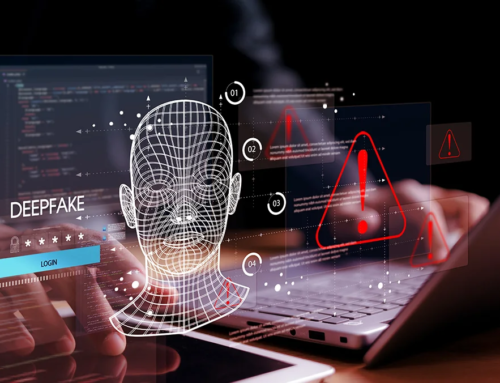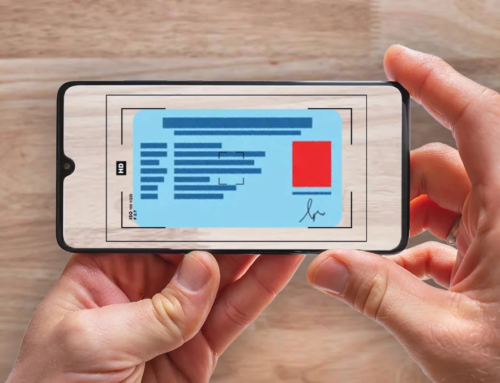Biometrics is no longer science fiction. It’s an everyday reality that’s changing how we verify identity, prevent fraud, and streamline access across industries. According to a 2024 global report by MarketsandMarkets, the biometric system market is projected to exceed USD 84.5 billion by 2029, driven by demand for faster and more secure authentication.
But what does biometrics really mean in practice? How are technologies like facial recognition, fingerprint scanning, and iris matching being deployed today? And most importantly, how can developers integrate these solutions without facing week-long integration delays, security headaches, or compliance bottlenecks?
In this article, we’ll explore the fundamentals of biometrics, examine recent global developments, showcase real-world use cases, and highlight how platforms like Amani make biometric implementation faster, safer, and developer-friendly.
The Fundamentals of Biometrics in 2025
Biometrics refers to the measurement and analysis of unique physical or behavioural traits to verify a person’s identity. Some of the modalities include:
- Facial recognition: Matching facial features from a live image or video to a stored template.
- Fingerprint recognition: Comparing ridges and fine patterns on a finger.
- Iris and retina scans: Analysing unique patterns and colour in the eye.
- Voice recognition: Matching vocal patterns, pitch, and tone.
Unlike passwords or PINs, biometric data is inherently personal and difficult to replicate. This makes biometric authentication more resilient against phishing, cyber attacks, and password database leaks. However, it also places higher responsibility on developers and service providers to secure sensitive biometric templates during transmission and storage.

Global News: Biometrics Making Headlines in 2024–2025
The biometric landscape is evolving quickly with major deployments reshaping industries worldwide:
- Abu Dhabi International Airport Facial Recognition Rollout (2024): In a significant step for biometric airport security in Abu Dhabi, the airport introduced e-gates facial authentication. Passengers can now check in, clear immigration, and board flights without showing a passport.
- CBP Preps Biometric Upgrade for Global Entry (2025): The U.S. Customs and Border Protection is advancing its Global Entry programme with facial recognition upgrades to automate identity checks at airports and land borders. This is a pivotal step toward frictionless travel.
- NEC Tops NIST FRVT Accuracy Rankings (2024): NEC’s facial recognition technology achieved an exceptional authentication accuracy rate of 99.88%, the most accurate score in NIST’s latest 1:N identification benchmark. The solution also ranked first in aging tests that simulate passport validity.
For developers, these updates aren’t just headlines. They often mean API changes, SDK enhancements, and evolving compliance requirements that need to be factored into product roadmaps.

Industry-Specific Use Cases of Biometrics
Finance and Banking
Banks and fintechs in the Gulf region are adopting biometric banking solutions to enhance customer onboarding and secure mobile transactions. Features like biometric payment verification software not only reduce fraud but also ensure compliance with strict AML and KYC regulations. With biometric login, customers can approve high-value transfers in seconds without typing a password.
Crypto and Digital Assets
In the volatile world of crypto, trust is everything. Biometric solutions for crypto exchanges in the UAE prevent account takeovers by verifying withdrawals and login attempts with biometric user authentication. Developers integrating these systems can add transaction verification triggers, ensuring only verified users execute trades.
Transportation and Access Control
From biometric driver authentication in ride-sharing fleets to smart turnstiles in metro stations, biometric access control is reducing unauthorised use. Airports are integrating biometrics into every passenger touchpoint, a trend seen strongly in Abu Dhabi.
Real Estate and Property Management
Property managers are using biometric tenant screening software to eliminate identity fraud in rentals. It’s not just about background checks; ongoing biometric access ensures the same verified person retains entry rights throughout a lease.
E-Commerce and Delivery Services
Biometric verification for delivery allows couriers to release packages only to the rightful recipient. This is critical in high-value goods delivery where proof of identity must be instant and tamper-proof.
Developer Pain Points in Biometric Integration
While biometrics is often marketed as a plug-and-play solution, the reality for developers is far more complex. The promise of instant identity verification is appealing, but when you get into the implementation phase, you often face a minefield of technical and operational challenges.
- Sparse or outdated API documentation: Many biometric vendors treat their documentation as an afterthought. Without clear, up-to-date API references, developers are left guessing how to handle error codes, response formats, and edge cases.
- Complex SDKs: Some biometric SDKs are bloated with unnecessary dependencies, increasing app size and slowing down load times.
- Edge-case failures during live onboarding: Imagine your biometric verification works perfectly in the lab, but in production, certain lighting conditions, camera angles, or skin tones trigger false rejections. Without proper error handling, these edge cases can break your onboarding process in real time.
- Maintaining uptime across multiple vendors: If your biometric flow calls three different services (face match, liveness check, ID document verification), you’re at the mercy of multiple SLAs. A single outage in one API can bring your entire onboarding pipeline to a halt.
- Security of sensitive data: Biometric templates can’t just be stored like passwords. They require advanced encryption, secure transmission, and often regional data residency compliance. Any lapse can lead to regulatory penalties and loss of customer trust.
- Lack of sandbox environments: Without a safe, fully functional sandbox, developers are forced to test in live environments, risking compliance breaches during experimentation.
Amani addresses these issues directly, offering well-structured documentation, lightweight SDKs, secure sandbox environments, and an all-in-one integration that reduces dependency on multiple vendors.
How Amani’s Biometric Login Solves These Challenges?
Amani’s 3D liveness detection ensures facial authentication can’t be fooled by photos, videos, or deepfakes. The process is passwordless, where users simply confirm a biometric login request and authenticate with a selfie.
For developers, integration can be completed in as little as one hour, with:
- Clear, well-maintained API documentation.
- Lightweight SDKs to reduce app bloat.
- Sandbox environments for safe pre-production testing.
Industries from biometric verification for KYC are already using Amani to keep their onboarding secure and seamless.

Action Plan for Developers Implementing Biometrics:
Rolling out biometric authentication isn’t just about plugging in an API. It’s about designing a flow that’s secure, compliant, and user-friendly from day one. Here’s a practical step-by-step strategy:
- Define your core use case: Start by identifying where biometrics will have the biggest impact onboarding, recurring login, high-risk transaction verification, or access control. This ensures you choose the right biometric modality for your audience.
- Select the right technology partner: Look for solutions with proven uptime, strong anti-spoofing capabilities, and region-specific compliance certifications.
- Integrate with a sandbox-first approach: Before touching your production environment, implement the biometric API in a sandbox. This lets you simulate real-world scenarios without risking live user data.
- Implement robust error handling: If the biometric match fails, have a secondary flow like retry prompts or alternate verification methods so users aren’t permanently blocked.
- Encrypt and secure everything: Use end-to-end encryption for biometric templates both in transit and at rest. Store keys securely and ensure you’re not retaining biometric data longer than compliance laws allow.
- Test for scale and stress: Biometrics must work flawlessly during peak traffic, such as flash sales or election registration deadlines. Run load tests to simulate these high-demand scenarios.
- Monitor, measure, and iterate: Once live, continuously track false rejection rates, latency, and user drop-offs. Use these insights to refine your flow and improve success rates.
By following these steps and using a platform like Amani that reduces complexity you can go live with a robust biometric system in days, not months.
Amani Biometrics in Action: Transforming Driver Onboarding
A leading car-hailing platform in Turkey sought to boost passenger safety and end driver account sharing. The challenge was twofold: streamline onboarding and prevent multiple people from using the same account. In phase one, the Amani Identity Verification Engine cut onboarding times to under 60 seconds, achieving a 95%+ success rate without manual intervention. Phase two introduced the Amani Biometrics Engine, ensuring drivers could only operate after real-time facial verification matched to their registered profile. With document liveness checks, 468-point face matching, and integration with government data, the solution delivered speed, accuracy, and airtight security. The result? Verified drivers, zero account misuse, and a new benchmark for secure, efficient onboarding in the ride-hailing industry.
Amani: The Future of Secure, Effortless Biometric Authentication
Amani is redefining how businesses approach secure authentication by replacing outdated passwords and clunky verification steps with lightning-fast facial biometric login powered by advanced 3D liveness detection. In just a selfie, users can log in, approve transactions, or gain physical access with absolute confidence that the right person is in front of the camera. From biometric banking solutions in Dubai to biometric solutions for crypto exchanges in the UAE, Amani delivers a single, streamlined API that integrates in under an hour, backed by clear documentation, robust encryption, and zero hidden fees. Whether you’re preventing account takeovers, securing high-value trades, or verifying renters on the spot, Amani ensures security, compliance, and seamless UX at scale.
Start now at Amani and experience the future of biometric authentication.



